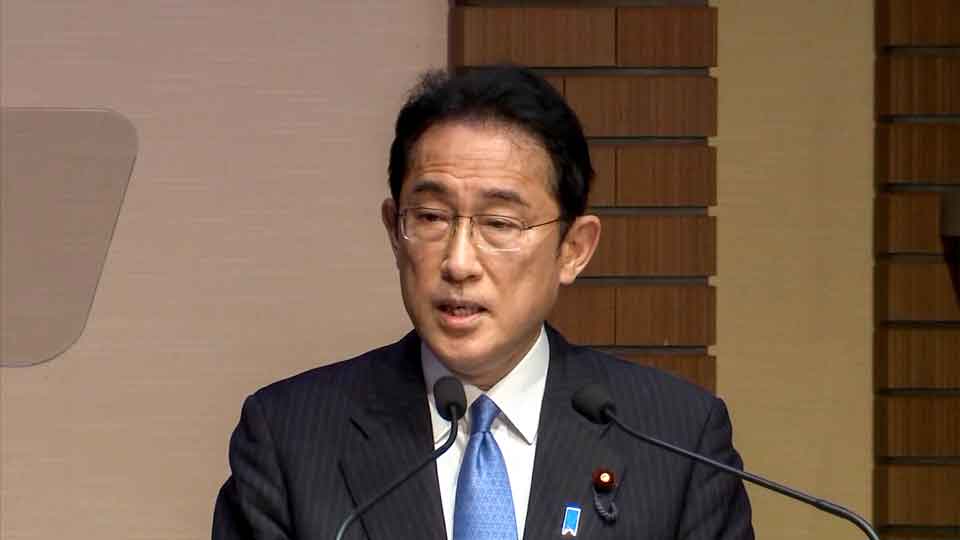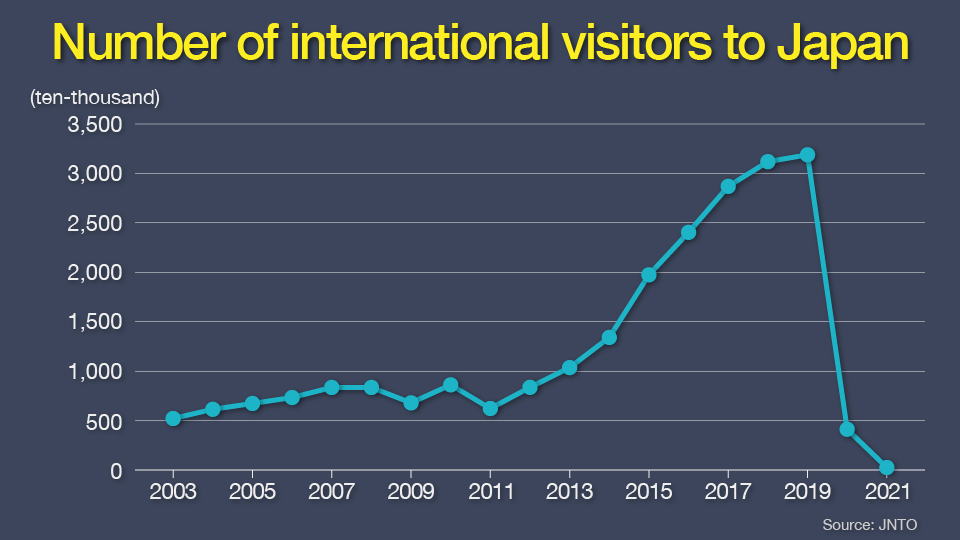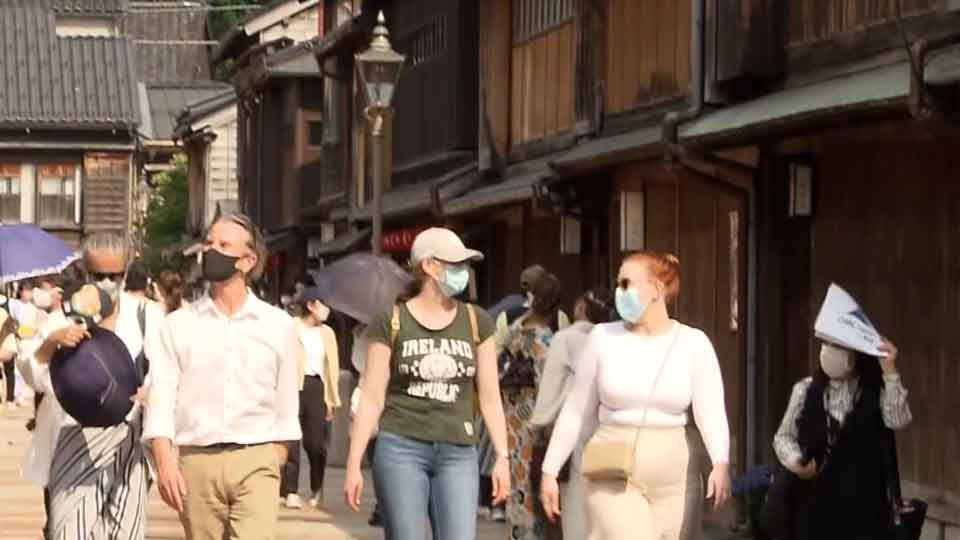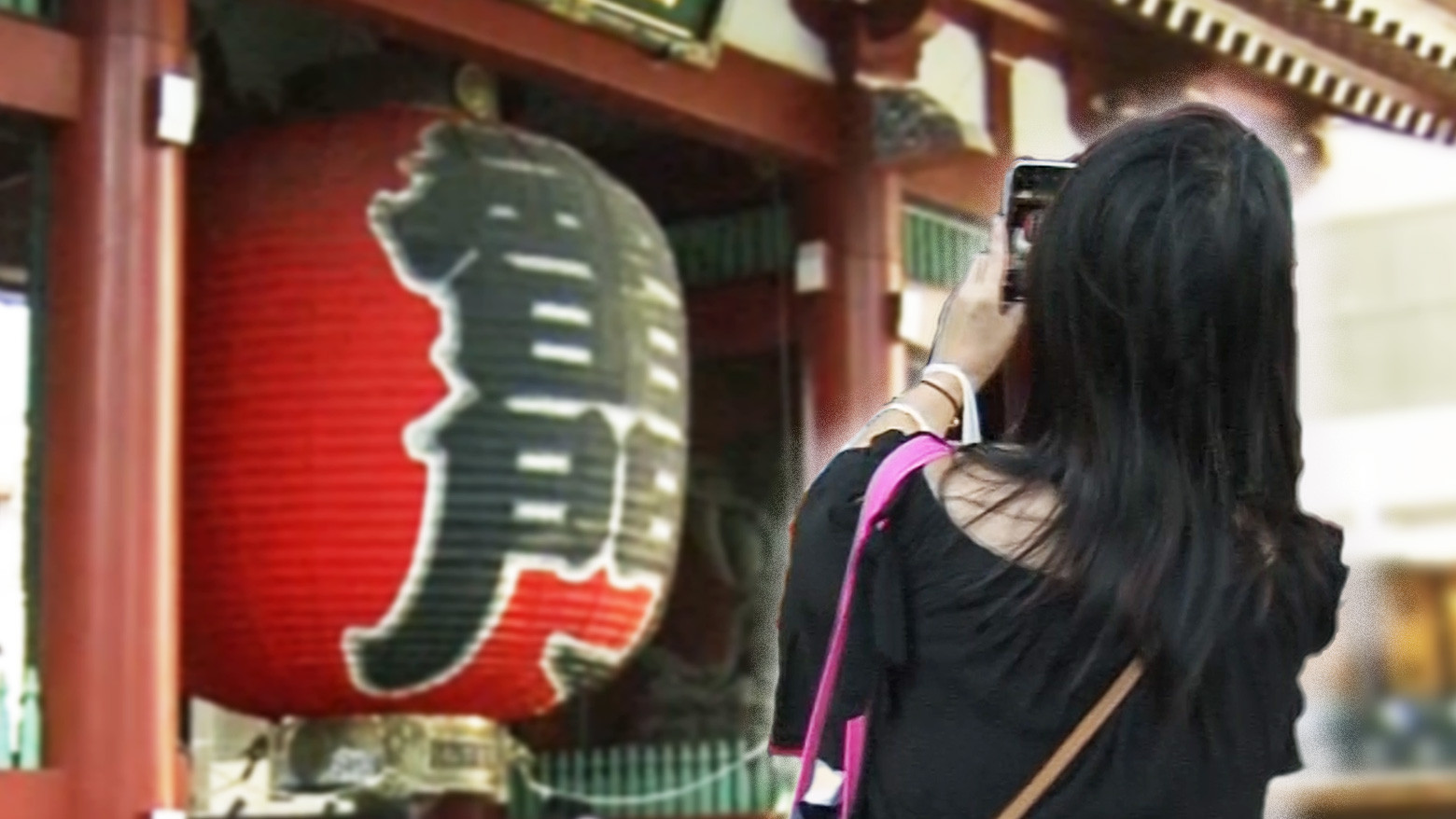But that's in a case as long as they are part of a package tour accompanied by a guide, says Japan's Prime Minister Kishida Fumio.
Kishida announced the highly anticipated plan for the tourism sector in Tokyo on May 26.
Under the revised rules, travelers from 98 countries and territories, including the United States, South Korea and China, will be allowed to visit.
Officials say restricting entries to package tours will enable authorities to better control the potential spread of coronavirus.

Kishida also announced a plan to restart international flights to New Chitose Airport in Hokkaido, plus Naha Airport in Okinawa by the end of June. Both serve as gateways to popular sightseeing areas.
To accommodate the return of tourists to Japanese shores, the government will raise the daily cap on overseas arrivals to 20,000 per day from June 1. The limit is currently set at 10,000.
Japan is the only G7 member that is still limiting the number of visitors, although Kishida left that open to change: "We will continue to monitor the infection situation and in phases, we aim to accepting the same level of the number of tourists we had before."

Most quarantine measures to be dropped
Officials categorized countries and regions into three groups depending on infection risk. Visitors from the lowest-risk group will be exempt from virus testing and self-quarantine even if they have not been vaccinated.
Based on this system, it is estimated that 80 percent of visitors will not need to quarantine upon arrival.
On-arrival test and home quarantine are not required for the following countries and regions:
Afghanistan, Algeria, Argentine, Armenia, Australia, Austria, Azerbaijan, Bahrain, Bangladesh, Belgium, Benin, Bolivia, Bosnia and Herzegovina, Brazil, Bulgaria, Cambodia, Cameroon, Canada, Chile, China, Colombia, Costa Rica, Cote d'Ivoire,
Croatia, Czech Republic, Denmark, Djibouti, Dominican Republic, Ecuador, El Salvador, Estonia, Ethiopia, Finland, France, Germany, Ghana, Greece, Guatemala, Hong Kong, Hungary, Iceland, Indonesia, Iran, Iraq, Ireland, Israel, Italy, Jamaica, Jordan, Kenya, Kyrgyz, Laos, Latvia, Lithuania, Luxembourg, Madagascar, Malawi, Malaysia, Mexico, Monaco, Mongolia, Montenegro, Morocco, Mozambique, Myanmar, Netherlands, New Zealand, Nigeria, Norway, Palau, Panama, Papua New Guinea, Paraguay, Philippines, Poland, Qatar, South Korea, Romania, Russia, Rwanda, Serbia, Singapore, Slovakia, Slovenia, South Africa, South Sudan, Spain, Sweden, Switzerland, Taiwan, Tanzania, Thailand, Timor-Leste, Uganda, United Arab Emirates, United Kingdom, United States, Zambia
(June 1, 2022)
Trial tour underway
To get a sense of how the new arrangement will work, the government is sponsoring trial tours that started on May 24.
Small groups from the US, Australia, Thailand and Singapore are visiting sightseeing hotspots across Japan.
Officials are quizzing the visitors along the way to get a better understanding of how they can ensure a safe and enjoyable experience for groups to come.

Industry support
Businesses that benefit from inbound tourism have been calling for the border controls to be eased in a bid to revive the pandemic-hit Japanese economy.
All Nippon Airways president Inoue Shinichi says holidaymakers from overseas are keen to come back.
"The weak yen has contributed to increasing demand for travel to Japan. I hope the border controls are loosened at the same pace as in other G7 countries to revitalize the local economy."

